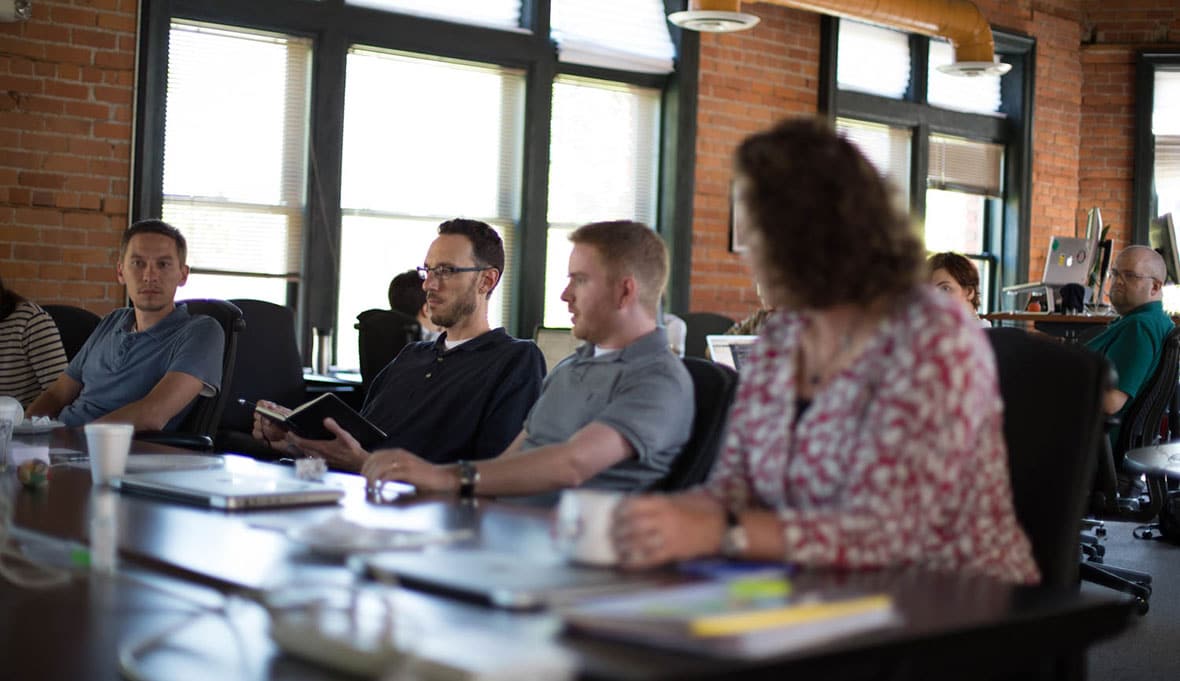Are you supportive of underrepresented groups (like women and minorities) in technology? Yes (I hope). But, ask yourself this: Do you support individual members of underrepresented groups in technology?
Maybe not.
It’s important to recognize that being supportive is different than showing support. One reason why is Unconscious Bias.
Understanding Unconscious Bias
Unconscious Bias is bias that we’re not aware of in our conscious mind but that still affects our behavior and emotions.
Understanding unconscious bias is critical to creating a society that is always supportive of individual minority members. If your brain recognizes a pattern, such as the pattern of programmers generally being white males, it builds stronger connections between white men and programming. It not only builds connections based on what it observes, but also based on the language and behavior of the people around us. You can read more about the psychology of this at Tolerance.org. In a society like the tech community where you are most likely surrounded by white men, it’s easy to see a pattern.
If you’re still unsure, you can take a test (you may need to register) that will try to measure the level of your unconscious bias. There’s a gender and science test available. It’s also interesting to note that if you are a minority, you have probably observed the same patterns and have the same bias. Despite being a woman in technology, I recognize patterns of bias against women in myself sometimes.
Seeing Unconscious Bias in Technology
Think about this question: How do my unconscious biases affect minority tech community members? One easy example is that STEM resumes with a male name get more positive feedback than ones with a female name.
Ask yourself if you’ve ever heard any examples of these at a tech event or conference (I know I have):
- Asking a woman at a technical conference if she’s in HR: “Mary? She must be in HR or something, right? Recruiting? That’s why she’s here?” (from the hackerlab code of conduct)
- Belittling: “Oh honey, back in my day we did it with punch cards”
- Condescension: “So easy even your mom could do it.”
These things don’t happen because people aren’t supportive of minorities in tech. The problem is that demonstrating these behaviors is encouraging unconscious bias in the people around us, thereby perpetuating tech stereotypes.
Addressing Unconscious Bias
The best way to fix unconscious bias is to learn from a young age that these biases are not okay. That’s great, but not helpful for adults.
The second best way to fix unconscious bias is by being aware of it. Being aware of unconscious bias means putting forth extra effort beyond our brain’s initial reaction or judgement. Doing so is a cool opportunity to tangibly see the difference between an unconscious reaction (she must be a recruiter, so I won’t ask her about iOS) and a conscious reaction (I wonder what she thought about that cool talk on AutoLayout). For example:
- Think twice about the manner in which you ask a woman what her role is at a tech conference.
- Take a longer, harder look at resumes with female names.
- Before you make offhand comments, think twice about whether they are biased.
Putting an unbiased foot forward and demonstrating equal treatment to others is how you can be a leader in building a tech society that carries less unconscious bias overall.
It’s easy to be supportive of underrepresented groups and agree that these groups should have more representation in technology. But actively showing support is harder because it requires consciously pushing ourselves beyond unconscious bias when interacting with members of underrepresented groups. Making the jump from being supportive to showing support is key to growing the tech society to be more diverse.
Sources
- How to Recognize (and Overcome) Your Unconscious Biases when Hiring, Fast Company
- Becoming conscious of unconscious bias in high tech, USA Today
- ProjectImplicit, the hidden bias test (Read an explanation of the test at Tolerance.org)

